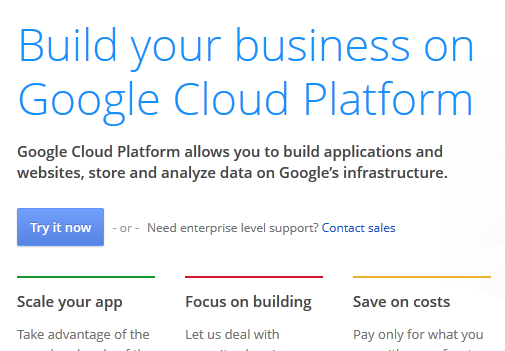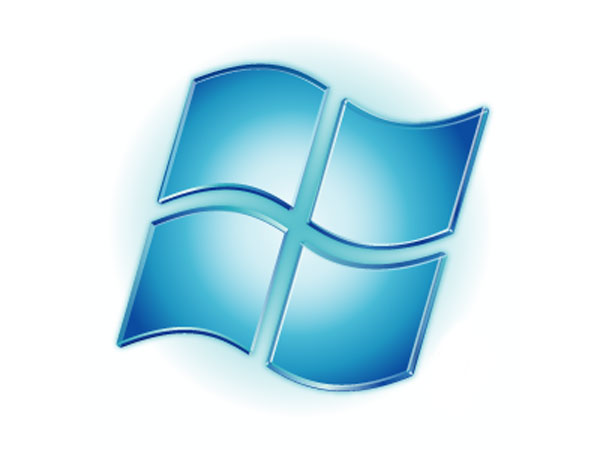Cloud Platforms and Big Data – Have we reached a tipping point? To think about this, I want to take a look back in history.
Metcalfe’s Law was named for Robert Metcalfe, one of the true internet pioneers, by George Gilder, in an article that appeared in a 1993 issue of Forbes Magazine, it states that the value of a network increases with the square of the number of nodes. It was named in the spirit of “Moore’s Law” – the popular aphorism attributed to Gordon Moore that stated that the density of transistors on a chip roughly doubles every 18 months. Moore’s Law succinctly captured why computers grew more powerful by the day.
With the success of “Moore’s Law”, people looked for other “Laws” to guide their thinking about a technology industry that seemed to grow exponentially and evolve chaotically, and “Metcalfe’s Law” was one of them. That these “laws” were not really laws at all, but really just arguments, predictions, and opinions, was easily forgotten. People grabbed hold of them.
Generalizing a Specific Argument
Gilder’s full name for the “law” was “Metcalfe’s Law of the Telecosm”, and in naming it, he was thinking specifically of the competition between telecommunications network standards, ATM (Asynchronous Transfer Mode) and Ethernet. Many people were convinced that ATM would eventually “win”, because of its superior switching performance, for applications like voice, video, and data. Gilder did not agree. He thought ethernet would win, because of the massive momentum behind it.
Gilder was right about that, and for the right reasons. And so Metcalfe’s Law was right! Since then though, people have argued that Metcalfe’s Law applies equally well to any network. For example, a network of business partners, a network of retail stores, a network of television broadcast affiliates, a “network” of tools and partners surrounding a platform. But generalizing Gilder’s specific argument this way is sloppy.
A 2006 article in IEEE Spectrum on Metcalfe’s Law says flatly that the law is “Wrong”, and explains why: not all “connections” in a network contribute equally to the value of the network. Think of Twitter – most subscribers publish very little information, and to very limited circles of friends and family. Twitter is valuable, and it grows in value as more people sign up, but Metcalfe’s Law does not provide the metaphor for valuing it. Or think of a telephone network: most people spend most of their time on the phone with around 10 people. Adding more people to that network does not increase the value of the network, for those people. Adding more people does not cause revenue to rise according to the O(n2) metric implicit in Metcalfe’s Law.
Clearly the direction of the “law” is correct – as a network grows, its value grows faster. We all feel that to be implicitly true, and so we latch on to Gilder’s aphorism as a quick way to describe it. But clearly also, the law is wrong generally.
Alternative “Laws” also Fail
The IEEE article tries to offer other valuation formulae, suggesting that the true value is not O(n2), but instead O(n*log(n)), and specifically suggests this as a basis for valuation of markets, companies, and startups.
That suggestion is arbitrary. I find the mathematical argument presented in the IEEE article to be hand-wavey and unpersuasive. The bottom line is that networks are different, and there is not one law – not Metcalfe’s, nor Reed’s nor Zipf’s as suggested by the authors of that IEEE article – that applies generally to all of them. Metcalfe’s Law applied specifically but loosely to the economics of ethernet, just as Moore’s Law applied specifically to transistor density. Moore’s Law was not general to any manufacturing process, nor is Metcalfe’s Law general to any network.
Sorry, there is no “law”; One needs to understand the economic costs and potential benefits of a network, and the actual conditions in the market, in order to apply a value to that network.
Prescription: Practical Analysis
Ethernet enjoyed economic advantages in terms of cost of production and generalization of R&D development. Ethernet reached an economic tipping point, and beyond that other factors like improved switching performance of alternatives, were simply not enough to overcome the existing investment in tools, technology, and understanding of ethernet.
We all need to apply that sort of practical thinking to computing platform technology. For some time now, people have been saying that Cloud Platform technology is the Next Big Thing. There have been some skeptics, notably Larry Ellison, but even he has come around and is investing.
Cloud Platforms will “win” over existing on-premises platform options, when it makes economic sense to do so. In practice, this means, when tools for building, deploying, and managing systems in the cloud become widely available, and just as good as those that exist and are in wide use for on-premises platforms.
Likewise “Big Data” will win when it is simply better than using traditional data analysis, for mainstream data analysis workloads. Sure, Facebook and Yahoo use MapReduce for analysis, but, news flash: Unless you have 100m users, your company is not like Facebook or Yahoo. You do not have the same analysis needs. You might want to analyze lots of data, even terabytes of it. But the big boys are doing petabytes. Chances are, you’re not like them.
This is why Microsoft’s Azure is so critical to the evolution of Cloud offerings Microsoft brought computing to the masses, and the company understands the network effects of partners, tools providers, and developers. It’s true that Amazon has a lead in cloud-hosted platforms, and it’s true that even today, startups prefer cloud to on-premises. But EC2 and S3 are still not commonly considered as general options by conservative businesses. Most banks, when revising their loan processing systems, are not putting EC2 on their short list. Microsoft’s work in bringing cloud platforms to the masses will make a huge difference in the marketplace.
I don’t mean to predict that Microsoft will “win” over Amazon in cloud platforms; I mean only to say that Microsoft’s expanded presence in the space will legitimize Cloud and make it much more accessible. Mainstream. It remains to be seen how soon or how strongly Microsoft will push on Big Data, and whether we should expect to see the same effect there.
The Bottom Line
Robert Metcalfe, the internet pioneer, himself apparently went so far as to predict that by 2013, ATM would “prevail” in the battle of the network standards. Gilder did not subscribe to such views. He felt that Ethernet would win, and Metcalfe’s Law was why. He was right.
But applying Gilder’s reasoning blindly makes no sense. Cloud and Big Data will ultimately “win” when they mature as platforms, and deliver better economic value over the existing alternatives.

